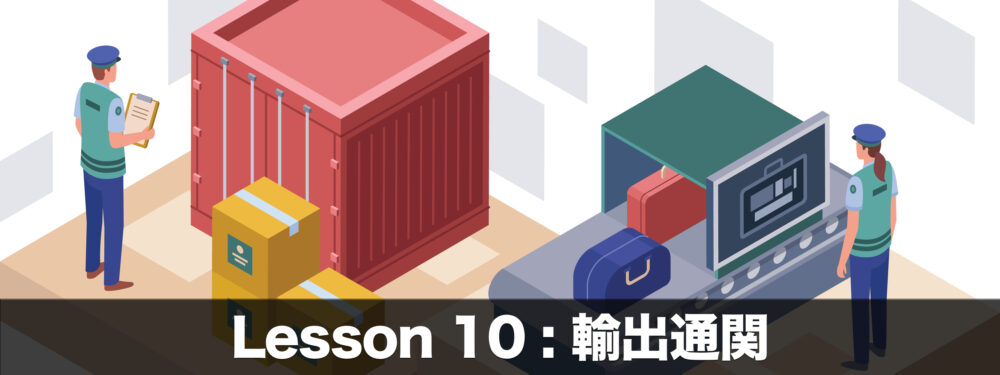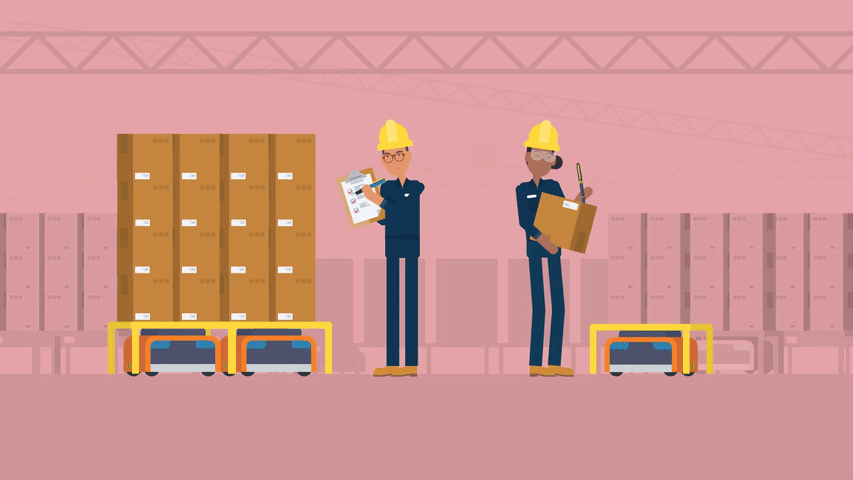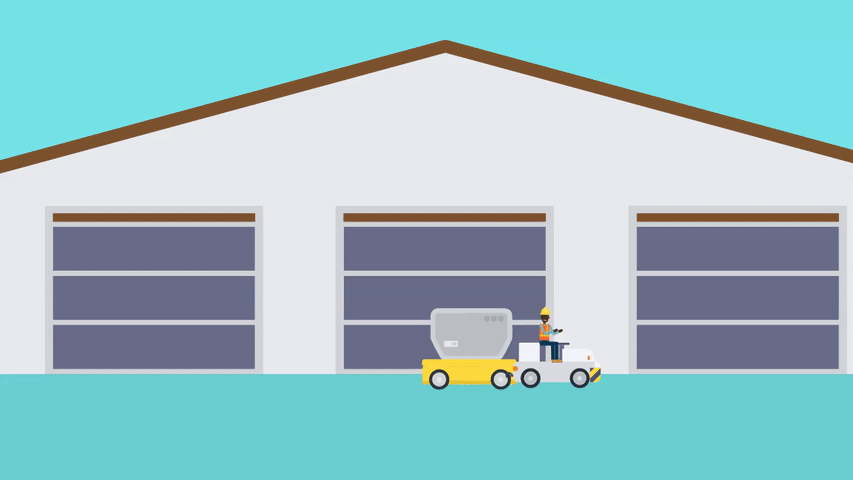10-3. Customs Procedures in Air Export

Overview




What You Learn in This Topic
- Customs Procedures in Air Export
Export Customs Clearance Procedure
Customs clearance for air exports proceeds as follows.
2. Confirmation in CFS
3. Export declaration and permission
4. Bring goods into the designated shed of the airline
5. Air Waybill issued
6. On board an aircraft and Flight

1. Preparation

First, the exporter entrusts customs clearance to a customs broker. The required documents are almost the same as those for maritime transport.
Then, the exporter transports the goods from their warehouse to the forwarder’s warehouse near the airport.
Flights often depart on the same day as the goods are brought into the warehouse. Therefore, the cut-off time is typically 4 to 6 hours before departure.


2. Confirmation in CFS

In the warehouse, the following operations are conducted:
- Explosive inspections
- Attaching labels
- Packing
Explosive inspections
Basically, all cargo must be inspected in air transport to ensure no explosives are included.
Attaching labels
Measuring the cargo and affixing the Air Waybill label. This is necessary to show which flight the cargo will be loaded onto.
Packing
The warehouse handles the packing as instructed by the exporter, such as:
- Palletization
- Wooden crate packaging
- Vacuum packaging
- Another packing method, etc.,

3. Export Declaration and Permission

The cargo is brought into the bonded warehouse, and the export declaration is made to the customs. Once the declaration is accepted, the shipper can obtain an export license.
In air transport, it is mandatory to electronically transmit the manifest of exported cargo to the customs and relevant authorities of the importing country in advance as a counter-terrorism measure.

4. Bring Goods into the Designated Shed of the Airline

After obtaining export permission, the cargo is loaded into Unit Load Devices (ULD) and transported to the designated shed by the airline.
Combining cargo from multiple exporters into ULDs allows for efficient handling in cargo loading operations.


5. Air Waybill issued
発行-480p-220627.gif)
An Air Waybill is issued by the airline.

6. On Board an Aircraft and Flight

The cargo is loaded onto the aircraft and departs for its destination.
The shipper sends a copy of the Air Waybill to the importer. Speed is crucial, so the original is not necessary.

Summary
In this topic, we explained the process of air export. It’s important to note that the process differs slightly from maritime transport.
Preparing in advance and avoiding document deficiencies is crucial to ensure smooth progress.
Take the Test
Reinforce your understanding of this topic by working through the exercises. Attempting the exercises without referring to the material as much as possible is advisable.




